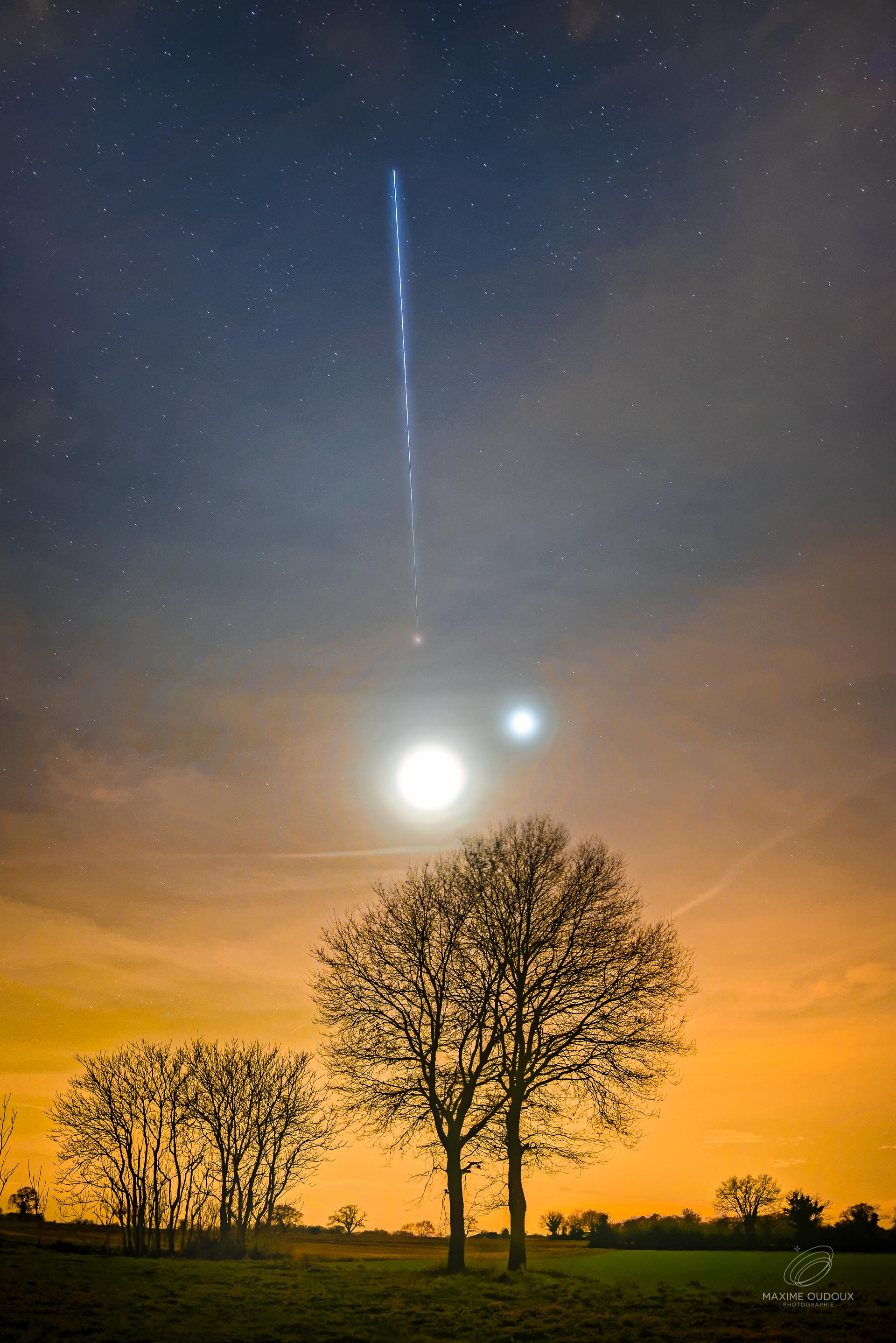


The top crust of this land is a solid salt crust that is saturated with a brine solution that is made up of sodium chloride, lithium chloride, and magnesium chloride, along with water. Over a period of time, it transformed into this salt flat that was harvested by the locals. Around 30,000-40,000 years ago, the salt pan was part of a huge prehistoric lake that dried out. The Salar de Uyuni is a natural forming, flat salt pan that goes on for 10,582 square kilometres and is located in the Daniel Campos Province in Potosí, Bolivia. It is part of the Canis Major constellation. It is also called the Dog star which inspired the eponymous character in J.K.Rowling’s Harry Potter series. Sirius is the brightest star in the night sky and it derives its name from the Greek word Seirios which means ‘glowing’ or 'scorching’. The Antares is a star that is part of the Scorpius constellation, which has a distinct reddish hue. It is much smaller, with about 3,000 crores of star as compared to the Milky Way’s 25,000 crores of stars. The LMC is 1,58,200 light-years away from the Earth and is bound in its orbit to the Milky Way. This latter approach is being taken by the ExoMars rover ( ) under development where drilled samples taken from a depth of up to 2 meters will be analyzed.The NASA image of the milky way, LMC and Jupiter. Future missions must either find surface regions where erosion from wind-blown sand has recently exposed very ancient material, or alternately samples must be obtained from a shielded region beneath the surface. However, over hundreds of millions of years these molecular fossils on Mars are subject to being destroyed or transformed to the point where they may no longer be recognized as biosignatures. We can search for evidence of cells preserved in rocks, or at a much smaller scale: compounds called biosignatures are molecular fossils, specific compounds that give some indication of the organisms that created them. MEP is now developing the Mars 2020 rover mission ( ) to determine whether life may have left telltale signatures in the rocks on Mars’s surface, a further shift to the current science theme “Seek the Signs of Life”.įinding fossils preserved from early Mars might tell us that life once flourished on this planet. After establishing that Mars once had significant amount of water on its surface, the Mars Science Laboratory (which includes the Curiosity rover) was sent to Mars to determine whether Mars had the right ingredients in the rocks to host life, signaling a shift to the next theme of “Explore Habitability”. The Pathfinder mission and Mars Exploration Rovers (Spirit and Opportunity) were sent to Mars to “Follow the Water,” recognizing that liquid water is necessary for life to exist on Earth. The field of Astrobiology saw a resurgence due to the controversy surrounding the possible fossil life in the ALH84001 meteorite, and from the outsized public response to this announcement, and subsequent interest from Congress and the White House, NASA’s Astrobiology Program ( )and one of its major programs, the NASA Astrobiology Institute ( ) were formed.Īlso at this time, NASA’s Mars Exploration Program began to investigate Mars with an increasing focus on missions to the Red Planet. The twin Viking landers of 1976 were NASA’s first life detection mission, and although the results from the experiments failed to detect life in the Martian regolith, and resulted in a long period with fewer Mars missions, it was not the end of the fascination that the Astrobiology science community had for the red planet. However, the exploration of Mars has been intertwined with NASA’s search for life from the beginning. Astrobiology is a relatively new field of study, where scientists from a variety of disciplines (astronomy, biology, geology, physics, etc.) work together to understand the potential for life to exist beyond Earth.


 0 kommentar(er)
0 kommentar(er)
